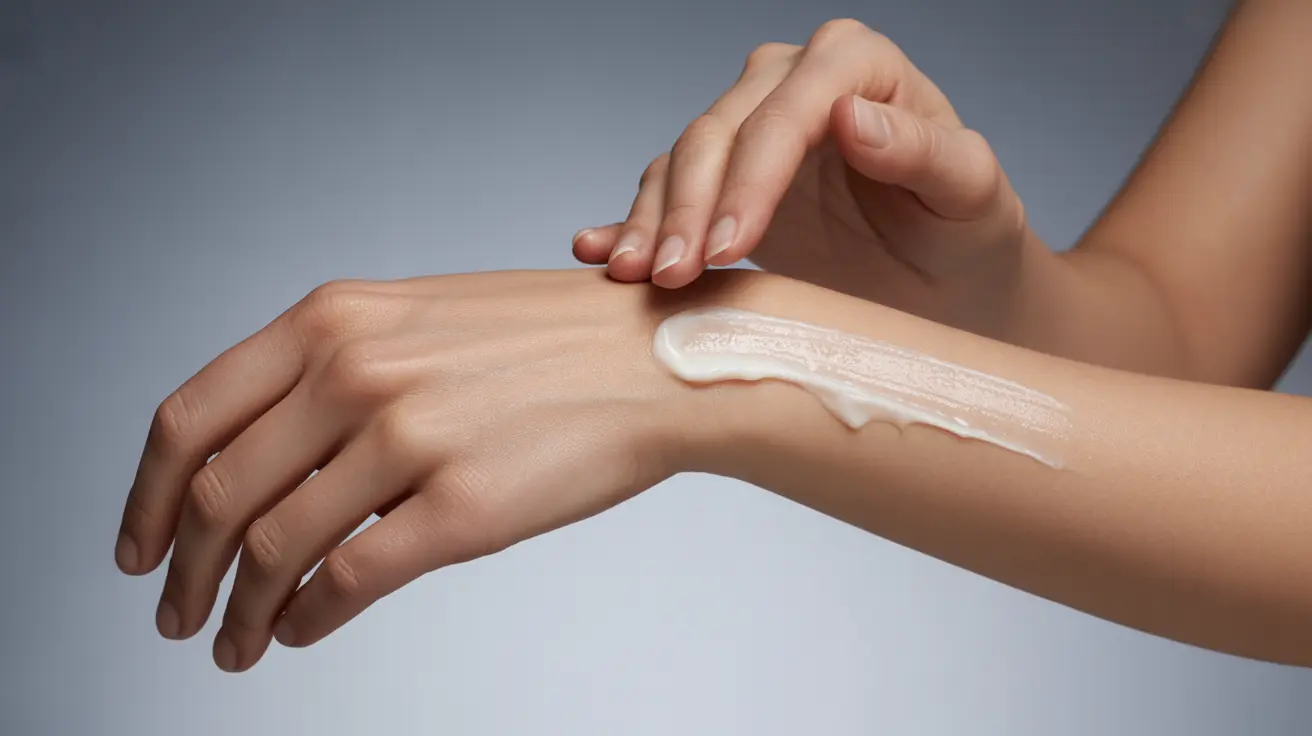Emollients are specialized skincare products designed to soothe, protect, and hydrate the skin. These essential moisturizing agents play a crucial role in maintaining skin health, particularly for those dealing with dry, sensitive, or eczema-prone skin conditions. Understanding how emollients work and how to use them effectively can make a significant difference in managing skin comfort and health.
Whether you're dealing with occasional dry patches or managing a chronic skin condition, emollients can be a valuable addition to your skincare routine. This comprehensive guide will explore the various types of emollients, their benefits, and how to use them effectively for optimal skin health.
What Are Emollients and How Do They Work?
Emollients are specialized substances that work by forming a protective layer on the skin's surface, helping to trap moisture and prevent water loss. They fill in the spaces between skin cells, smoothing rough patches and helping to repair the skin's natural barrier function.
These products contain various ingredients that can include natural oils, synthetic compounds, or a combination of both. Some common emollient ingredients include:
- Petroleum jelly
- Mineral oil
- Lanolin
- Shea butter
- Coconut oil
- Glycerin
- Ceramides
Types of Emollients
Lotions
Lotions are lightweight emollients containing a high percentage of water. They're ideal for:
- Daytime use
- Mild dry skin
- Large body areas
- Hot or humid weather conditions
Creams
Creams offer a medium-weight option with a balance of oil and water. They're particularly suitable for:
- Regular daily use
- Moderate dry skin
- Most body areas
- Year-round application
Ointments
Ointments are the heaviest form of emollients, containing the highest oil content. They're best for:
- Severe dry skin
- Nighttime use
- Small, particularly dry areas
- Winter or low-humidity conditions
Proper Application Techniques
To maximize the benefits of emollients, proper application is crucial. Follow these key guidelines:
- Apply to clean, slightly damp skin
- Use gentle, downward strokes in the direction of hair growth
- Allow the product to absorb fully before dressing
- Reapply as needed throughout the day
- Use more frequently during weather extremes
Safety Considerations
While emollients are generally safe for most users, it's important to be aware of potential concerns:
- Always perform a patch test before using a new product
- Avoid applying to broken or infected skin unless directed by a healthcare provider
- Be cautious of slipping hazards when using heavy emollients
- Watch for signs of skin sensitivity or allergic reactions
- Keep products clean to prevent contamination
Frequently Asked Questions
What are emollients and how do they help treat dry or eczema-prone skin?
Emollients are specialized moisturizing treatments that create a protective barrier on the skin, helping to lock in moisture and reduce water loss. For eczema-prone skin, they help reduce inflammation, itching, and maintain skin barrier function.
What types of emollients are best for different skin conditions like very dry, weeping, or sensitive skin?
For very dry skin, thick ointments work best. Lotions are suitable for sensitive skin due to their lighter composition. For weeping skin conditions, choose water-based or gel emollients. Cream formulations offer a good middle ground for most skin types.
How often should I apply emollients for effective relief of dry or itchy skin?
Apply emollients 2-4 times daily, or more frequently if needed. For severe dry skin, application might be necessary every 2-3 hours initially. Always reapply after washing or swimming.
Are there any common side effects or allergic reactions to watch for when using emollients?
Common side effects may include mild stinging, redness, or burning sensation. Watch for signs of allergic reactions such as intense itching, rash, or swelling. If these occur, discontinue use and consult a healthcare provider.
What is the difference between an emollient and a moisturizer, and can they be used together?
While all emollients are moisturizers, not all moisturizers are emollients. Emollients specifically focus on creating a protective barrier and filling gaps between skin cells. They can be used together with other moisturizers, but apply emollients first for better absorption.




